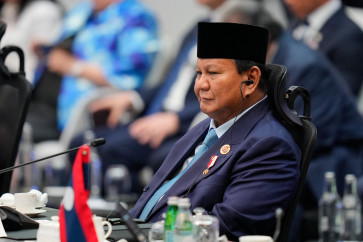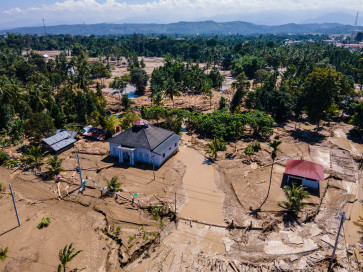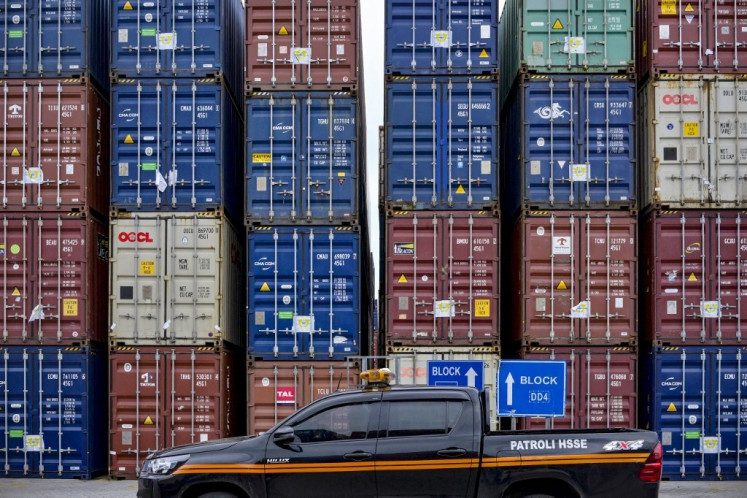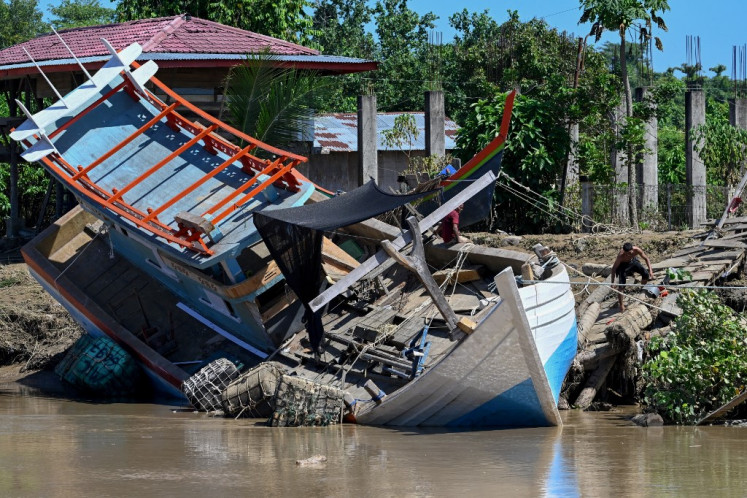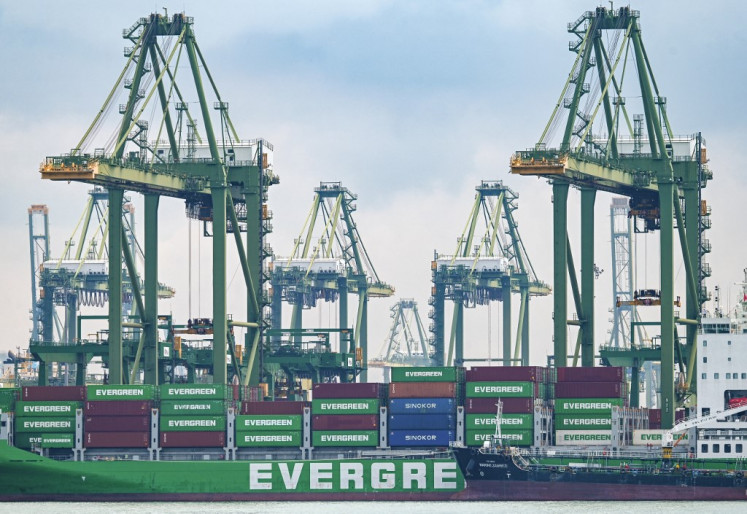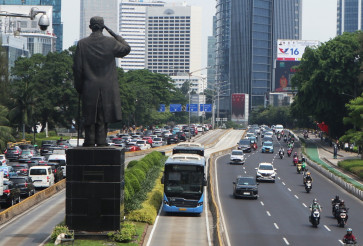Popular Reads
Top Results
Can't find what you're looking for?
View all search resultsPopular Reads
Top Results
Can't find what you're looking for?
View all search resultsJakarta’s lesson learned: Advancing metro cities
Good urban planning, innovative financing and infrastructure investment prioritization promise a mutual solution to climate change and social inequity.
Change text size
Gift Premium Articles
to Anyone
S
taring at the blue sky in the morning is everybody’s dream. Unfortunately, that is often not possible in Jakarta, especially for those who commute daily from the suburbs of Bogor, Depok, Tangerang and Bekasi. The fast-paced culture, insufferable traffic and scorching heat amid a rising cost of living reveal a tough life for many.
Yet Jakarta is not alone. Following Indonesia’s rapid development, the world’s largest archipelagic nation has been urbanized, with over half its population living in cities and towns, according to the World Bank. By next year, 68 percent are expected to live in cities.
The government has also established Jabodetabek-like metropolitan areas, anchored by Surabaya, Bandung, Semarang, Medan, Makassar, Palembang, Denpasar, Banjarmasin and Manado. By 2045, at least 7 out of 10 Indonesians will live in an urban environment.
By transforming from a rural to an urban economy, Indonesia’s cities are growing faster than any other Asian country at an annual rate of 4.1 percent. Unlike others that have benefited from employment and productivity of urbanization, the country has not capitalized enough, gaining only 4 percent gross domestic product growth for every 1 percent of urbanization, while India, China and Thailand have gained 13 percent, 10 percent and 7 percent, respectively.
The infrastructure gap means that cities are not ready because they do not spend enough on infrastructure to keep up with the rate of urbanization. This is caused by insufficient investment in infrastructure. Hence, the capacity of the cities to fulfill essential services is insubstantial. Better spatial planning in urban agglomerations demands infrastructure investment for significant influence on the economy and citizens’ behavior. It can also help respond to externalities that cause urban congestion, which hinder cities' growth. The cost of providing infrastructure can contribute to the GDP of an agglomeration economy.
Based on Jakarta’s experience, an efficient urban extension can reduce the diseconomies of neighboring cities and support productive competitiveness. Considering this, building future metro cities by linking good urban planning, innovative financing and infrastructure investment prioritization can increase sustainability and livability. Still, cooperation and reciprocal interest from all the connected cities’ governments are required to shape a metro area.
On the other hand, unforeseen gaps are common in big cities, disproportionately affecting low-income people because of the rapidly evolving environment and unplanned development. Let us look at Jakarta’s side-by-side slums and skyscrapers, like in Kebayoran Baru or Sudirman. According to the World Resources Institute, despite metro cities hosting high-paying jobs, income-based metrics of life quality do not paint a clear picture of city life.




